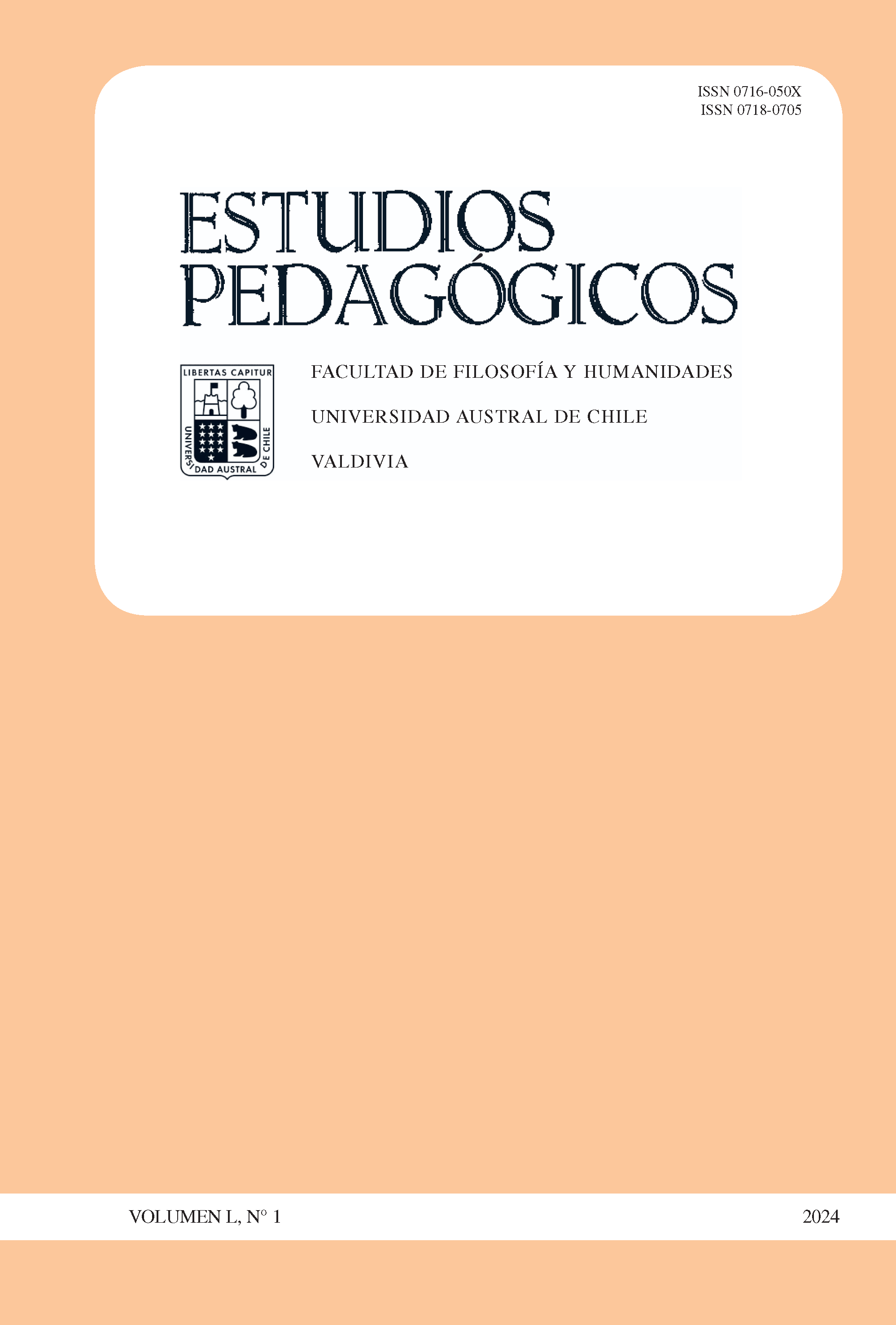Can they really help each other? Analysing peer support in spontaneous tutoring situations among young children
Main Article Content
Abstract
One of the most widespread spontaneous tutoring strategies in Primary Education consists of encouraging students who finish a learning task early to help their slower peers or those who have difficulties in finishing it. In this work, 70 such episodes were observed in a second-grade classroom (age 6-7) in order to analyse the characteristics of peer help and evaluate its results. They were then trained in the use of facilitative (non-directive) help, and further 83 episodes were observed.
Although the tutors initially used almost 25% of inquiries, the results showed a tendency to give instructions and provide the correct answers, especially in the case of males to their same-sex friends. After training, a significant increase in the density of non-directive and reinforcing aids was observed, as well as a sharp decrease in directive aids (instructions and corrections), which had a positive effect on task comprehension.
Finally, implications for the design of cooperative learning activities and the early years of primary school are discussed.

